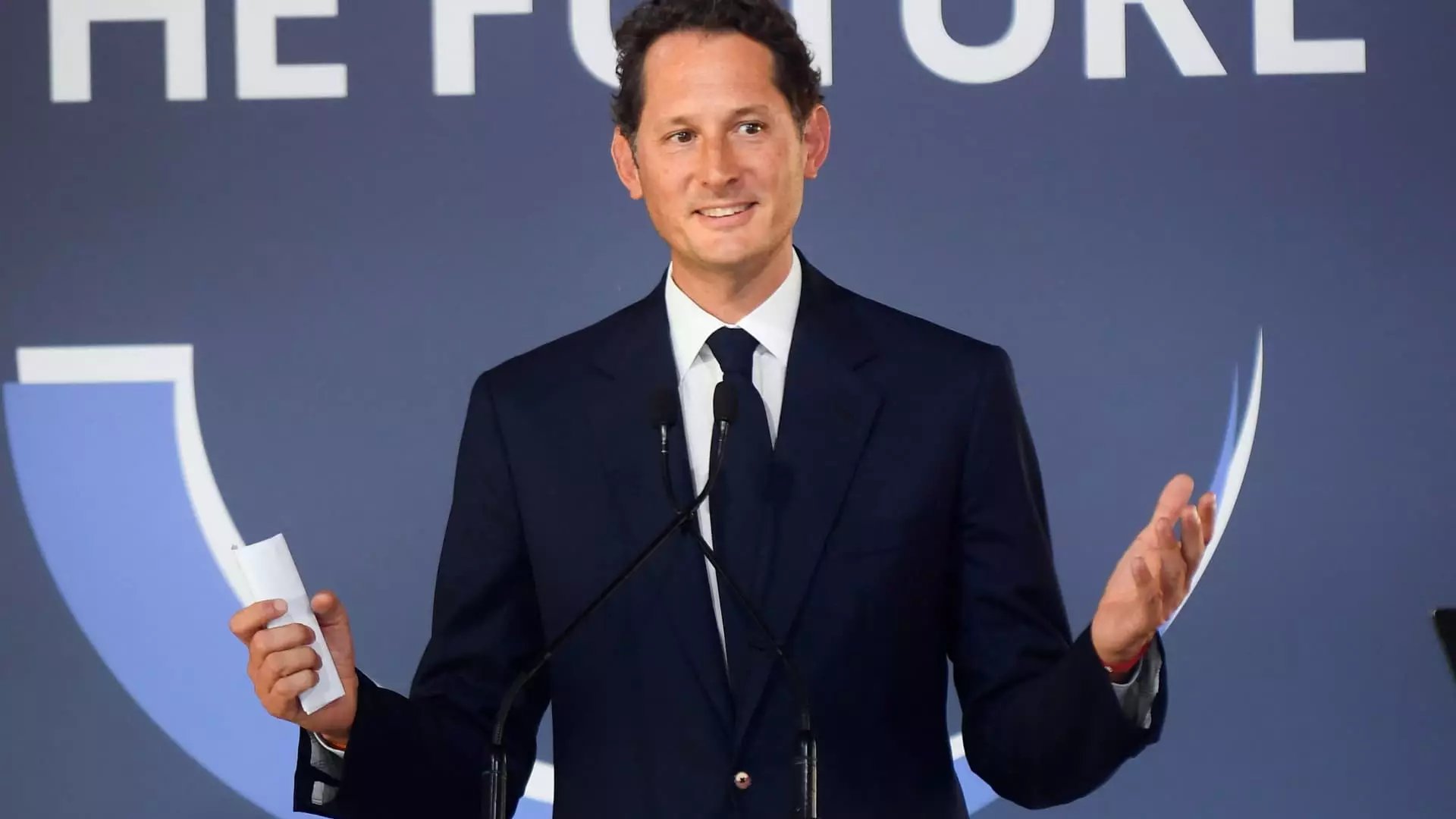In recent developments within the automotive industry, Stellantis, the multinational automaker born from the merger of Fiat Chrysler and PSA Group, is making significant strides in its U.S. operations. During an engaging session with former President Donald Trump prior to his inauguration, John Elkann, the chairman of Stellantis, unveiled a comprehensive investment strategy aimed at revitalizing American manufacturing. This article explores the implications of these plans, the backdrop of leadership changes, and the reaction from key stakeholders in the industry.
Elkann’s announcement highlighted the creation of 1,500 new jobs, alongside plans to reopen a plant in Illinois for the production of a new midsize pickup truck scheduled for 2027. Additionally, the automaker is set to develop a redesigned version of the Dodge Durango SUV in Detroit rather than Mexico and bolster support for factories in Toledo, Ohio, and Kokomo, Indiana. These moves signify Stellantis’s commitment to enhancing its manufacturing footprint in the U.S. while acknowledging the importance of American labor.
Antonio Filosa, the head of Stellantis’ North American operations, conveyed the company’s intention to build on its century-long history in the United States, emphasizing the necessity of stability for the workforce. This foundational notion resonates at a time when the auto industry is grappling with economic pressures and the need for innovative solutions to meet consumer demand.
The announcement was met with enthusiasm from the United Auto Workers (UAW) union, particularly from its president, Shawn Fain. He positioned the new plans as a victory for union members, emphasizing the power of collective action in holding large corporations accountable. This sentiment reflects the ongoing friction between workers and management, particularly under the backdrop of previous job cuts and production concerns fueled by former CEO Carlos Tavares’s strategies. The union’s support is pivotal, as it not only stabilizes the workforce but also enhances Stellantis’s public image and relationship with its employees.
Fain’s remarks serve as a reminder of the ongoing battle for labor rights within the automotive sector. The UAW’s pushback against Stellantis’s previous decisions demonstrates the delicate balance that automakers must maintain between profitability and their commitment to their workers.
Leadership Transition and Future Directions
Elkann’s leadership indicates a period of transition for Stellantis, particularly following the abrupt departure of Tavares amidst declining profitability and market share. Elkann’s proactive engagement with political figures, including Trump, illustrates a strategic maneuver to secure favorable conditions for Stellantis in the rapidly changing automotive landscape. The discussions surrounding multi-billion dollar investments underscore this intention to not only stabilize but to innovate the company’s operations in the U.S.
Moreover, plans for the Jeep complex in Ohio indicate a focus on technological advancements and interactions with essential components for supporting production. A new four-cylinder engine production line in Indiana further exemplifies the automaker’s commitment to keeping pace with evolving consumer preferences and environmental standards.
These developments come at a critical juncture for the automotive industry as it navigates challenges related to electric vehicle transitions, labor negotiations, and competition within both domestic and international markets. Ford Motor Company’s engagement with Trump earlier this month through a lengthy conversation regarding the industry’s future hints at an emerging theme where automotive leaders seek to align their interests with governmental objectives.
Though General Motors has remained relatively quiet concerning its interactions with political leadership, the context suggests a broader dialogue among major players in the industry about securing a stable and lucrative environment for automotive manufacturing in the U.S.
Stellantis’s renewed focus on U.S. investments represents a significant chapter in the narrative of American manufacturing. As the company prepares for a dynamic future with new products and technological advancements, its commitment to job creation and union collaboration highlights a critical understanding of the broader economic landscape. As the automotive industry adapts to the challenges of the modern age, Stellantis’s actions may serve as a blueprint for other automakers grappling with similar issues. The intersection of leadership, labor, and investment strategies will undoubtedly shape the future of automotive manufacturing in the United States, bearing implications for employees and consumers alike.

Leave a Reply